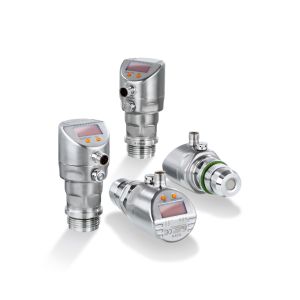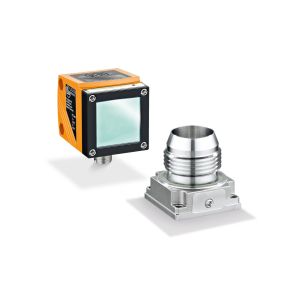Description
Ceramic capacitive
The most important element of the ceramic capacitive technology is the ceramic (Al2O3) measuring cell. After assembly, the ceramic cell element resembles a plate capacitor with a reference electrode and a measuring electrode placed 0.01 mm apart. The capacitance is inversely proportional to the distance between the electrodes. As pressure is applied, the distance changes by a small value and the capacitance changes proportionately. This signal is then converted into pressure by a microprocessor.
- Robust direct sensing measurement technology
- Eliminates possibility of contamination from diaphragm fill fluid
- Long-term stability of ceramic cell design does not fatigue like stainless steel
- Internal support construction creates very high pressure ratings
- Ceramic cell is more resistant to abrasion, dents or dings that can create measurement offsets
- Highest overload pressure rating, especially with dynamic pressure peaks





